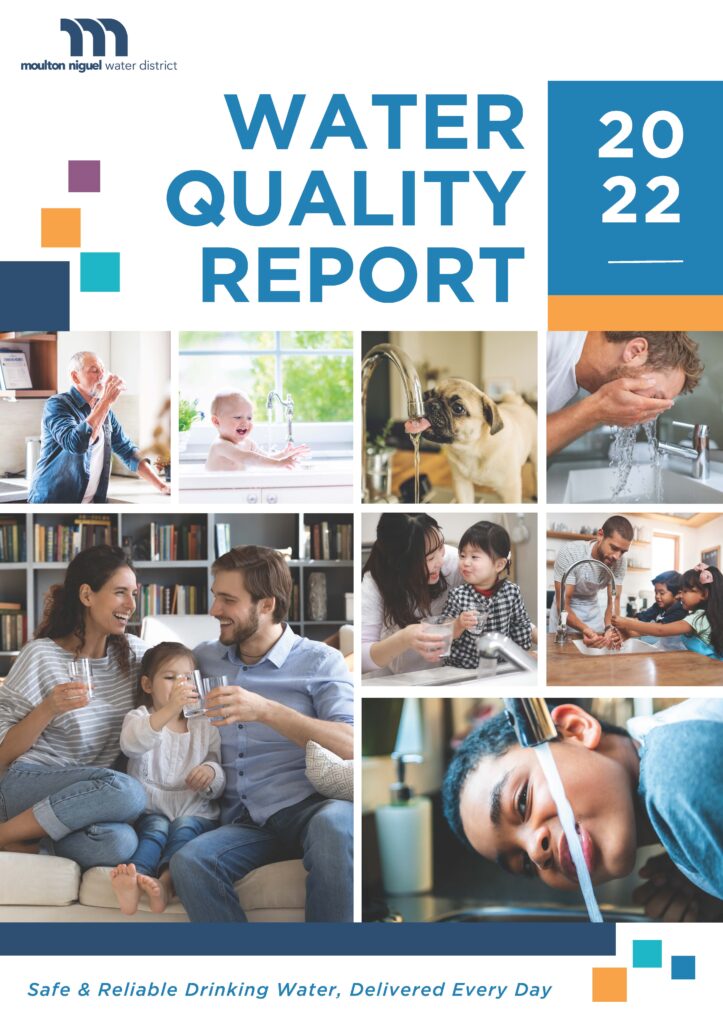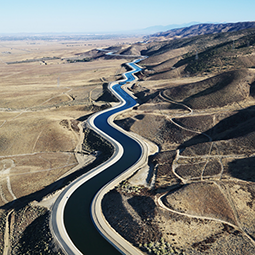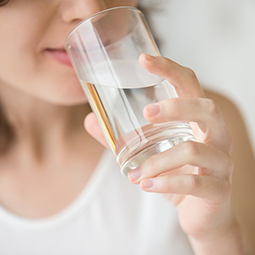Water Quality Reports
Moulton Niguel Delivers Safe, Clean, Reliable Water

Reliable access to safe water is Moulton Niguel’s highest priority.
To deliver on that commitment, Moulton Niguel conducts extensive water quality tests throughout the year. State-of-the-art laboratories independently analyze the tests to ensure we strictly adhere to the Environmental Protection Agency and the State Water Resources Control Board standards.
Moulton Niguel’s drinking water continues to meet all federal and state water quality standards and safety regulations.
This annual Consumer Confidence Report covers water quality testing for the 2022 calendar year, summarizing everything you need to know about your water. It includes detailed results of water quality tests conducted at each stage of treatment and delivery and information about the required safety regulations for public drinking water providers.
Moulton Niguel takes great pride in providing you safe, clean, and reliable drinking water at one of the lowest water rates in South Orange County.
We are here to serve you. Please call us anytime you need help at (949) 831-2500, or email customerservice@mnwd.com.

Our Water Supply
Learn where Moulton Niguel customers get their water from
Have you ever wondered where your water comes from? Here in the Moulton Niguel Water District, our water is imported from both Northern California and the Colorado River.
Water from Northern California travels to us through a complex delivery system known as the California State Water Project. Designed and built in the 1960s, the State Water Project is one of the largest public water and power utilities in the world, providing drinking water for more than 27 million people statewide.
Managed by the California Department of Water Resources, the project stretches over 700 miles, from Lake Oroville in the north to Lake Perris in the south. Water stored in Lake Oroville, Folsom Lake, and other tributaries, and fed by snow melt from the Sierra Mountains, flows into the Sacramento and San Joaquin rivers, and from there into reservoirs in the Bay-Delta region.
From the Bay-Delta, giant pumps lift the water into the 444-mile-long California Aqueduct, there to flow southward to cities and farms in central and Southern California. Composed mainly of concrete-lined canals, the Aqueduct also includes over 20 miles of tunnels, and nearly 160 miles of pipelines. Along the way, the water is pumped 2,882 feet over the Tehachapi Mountains. The Edmonston Pumping Plant alone lifts millions of gallons a day up 1,926 feet, the highest single water lift in the world.
Managed by the Metropolitan Water District of Southern California, the Colorado River Aqueduct begins
near Parker Dam on the Colorado River. There, the Gene Pumping Station lifts the water over 300 feet, and it begins its 242 mile journey to Lake Mathews, just outside the City of Corona. Along the way, the water passes through two reservoirs, five pumping stations, 62 miles of canals, and 176 miles of pipelines.
All told, the water is lifted four times, a total of more than 1,300 feet. After its journey across the Mojave Desert, the water descends into the Coachella Valley and through the San Gorgonio Pass. Near Cabazon, the aqueduct flows underground, passing beneath the San Jacinto Mountains and continuing until it reaches its terminus at Lake Mathews. From there, 156 miles of distribution lines, along with eight more tunnels, delivers the water throughout Southern California.

Thirsty for More Information?
If you have any questions, please contact our Customer Service Department at (949) 831-2500 or customerservice@mnwd.com and ask to speak with our Water Distribution team.
Check out these great video resources on the State Water Project and the Colorado Aqueduct.